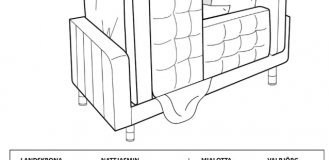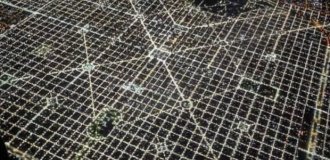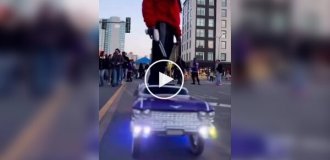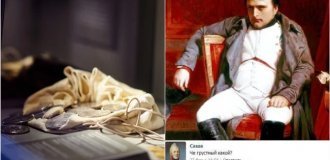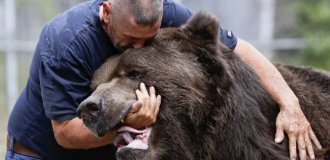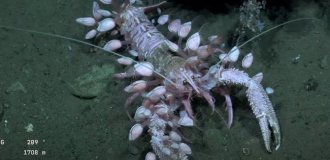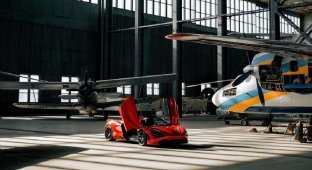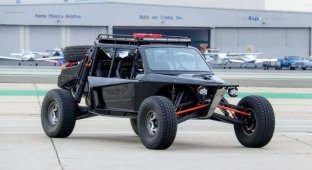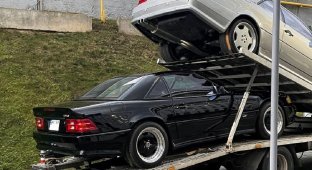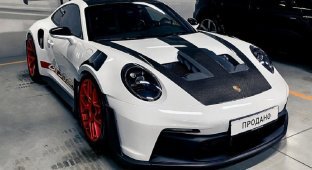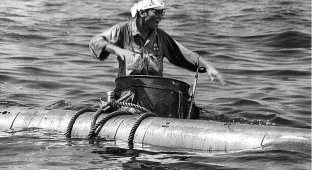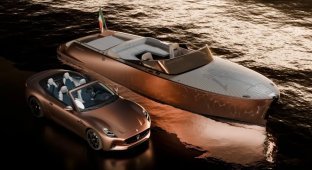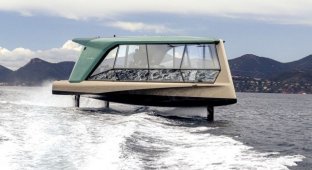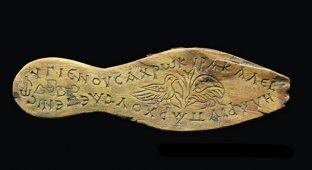Elusive and dangerous. How the Schnellbots were created (6 photos)
The First World War, among other things, forced Germany to create a new class of warships for itself - torpedo boats. The reason for this was the British fleet, which was actively operating against the flank of the German army, located near the sea in Belgium. According to the command's plans, it was high-speed boats armed with torpedoes that could successfully resist the fleet of the islanders in such conditions. 
Friedrich Lürsen Shipyard
The first prototype was built by the Friedrich Lürsen shipyard in Vegesack (near Bremen) on April 1, 1917. It had an 11-meter wooden hull, one 350-mm torpedo tube in the bow, and three carburetor engines from an airship, allowing it to reach speeds of over 32 knots. It is noteworthy that the boat could crash into its own torpedo if it fired it at a speed of more than 24 knots: the torpedo simply did not have time to pick up speed. All this became clear during the tests, which revealed a number of shortcomings. Despite the results of the tests, an order was issued for the construction of a series of six boats.
The serial models with a displacement of 6 to 7.5 tons had the same wooden hulls with round-bilged contours, the length of which varied from 14 to 17 meters. Three six-cylinder Maybach carburetor engines with a capacity of 210-240 hp allowed the speed to reach 30 knots in sea state 3. The armament included a 450-mm torpedo tube and a rifle-caliber machine gun, but the first four boats had a 37-mm cannon instead of a machine gun. Each boat was served by seven crew members. At the end of the war, the Kaiser's fleet consisted of twenty-one torpedo boats.
The size of the German fleet, including the torpedo boats, was regulated by the Treaty of Versailles, which prescribed having 12 destroyers and 12 torpedo boats with a displacement of 800 and 200 tons, respectively. It was with such ships that Germany entered the First World War, while in the navies of other countries, ships of the same type were twice as large.
The leadership of the Reichsmarine was not going to put up with this state of affairs, and after the end of the post-war political crisis, a search began for solutions to increase the capabilities of the fleet. The Entente did not prescribe the development of small warships - minesweepers and torpedo boats, since the coastal fleet was part of Germany's defensive naval doctrine.
The results of the tests conducted in the Baltic in the summer of 1927 were the main technical requirements, which were summarized by the mine and torpedo commission. Thus, in the bow of the new boats, two 533-mm torpedo tubes with 4 torpedoes of ammunition were to be placed. In addition, the boats had to have high seaworthiness, which was ensured by the necessary hull design: a rounded bottom and a flat wide stern. 
German torpedo boat "Schnellbot" type S-18
Over the four years, from 1925 to 1929, several experimental models were created. The Abeking und Rasmussen shipyard built two boats, the Narwal and K gliders, both with a step-up hull design and two 450 mm torpedo tubes in the bow of the first and in the stern of the second. The Friedrich Lürsen shipyard presented the Luer, a modified LM boat. These models had wooden hulls and Maybach petrol engines. Step-up boats did not cope well with rough seas - at sea levels above 3 points, the boat began to lose speed due to impacts with the waves. Therefore, the step-up design was abandoned in favor of a rounded bottom. Nevertheless, the boats entered service in 1930 under the numbers UZ(S)-11, UZ(S)-12 and UZ(S)-18.
At the end of 1928, marine experts turned their attention to the 22.5-ton motor yacht Oheka II, built by the Friedrich Lürsen shipyard for an American magnate. The vessel had a hull made of light metal alloys with wooden sheathing and had round-bilged lines in the front part, which turned into a flat bottom. The speed of 34 knots was achieved due to three Maybach gasoline engines, each with a capacity of 550 hp. It was this yacht that became the prototype for the Schnellboot torpedo boats. 
Yacht Oheka II, taken as a basis for "Schnellbots"
In November 1929, Friedrich Lürsen received an order for the first combat boat. The displacement of the yacht taken as a basis was increased to 51 tons. Three Daimler-Benz gasoline engines of 900 hp were installed, and for economical running, a Maybach of 100 hp. Sea trials showed the ability to reach 34 knots. The new boat was armed with two bow 533-mm torpedo tubes with two spare torpedoes and an anti-aircraft machine gun, which was soon replaced by a 20-mm automatic cannon. The boat entered service on August 7, 1930 and received the designation S-l Schnellboot, or high-speed boat.
A year later, S-2 - S-5 were ordered, which were similar in characteristics. Increasing the number of "horses" to 3,300 did not, however, increase the speed. In addition, the bow of the boat came out of the water at high speed, the sides were washed out, and there was strong splash resistance. The desired speed of 36.5 knots was achieved using the "Lürsen effect", which was achieved by installing additional rudders in the water flows moving from the outer propellers. Thus, the increase was no more than 2 knots, and the auxiliary rudders became an integral part of the design until the end of the war.
By the beginning of World War II, Germany was the third largest exporter of torpedo boats in the world. From 1937 to 1939, shipyards built 13 boats for the navies of other countries. Two boats with diesel engines went to Bulgaria, three were created for China and eight more for Yugoslavia (the Chinese and Yugoslavian ones had gasoline engines). In addition, Holland bought a license to build eight boats. The armament differed only in the "Yugoslav" version - a 40-mm Bofors machine gun, a 15-mm machine gun and 550-mm torpedo tubes for French torpedoes. 
Early "Schnellbots"
At the same time, the final requirements for this class were formulated: the cruising range was to be 530 miles at full speed, a maximum speed of 40 knots and a low silhouette. The boats in service met the requirements for armament, cruising range and seaworthiness, but there were questions regarding maneuverability and speed.
The subsequent S-18 and S-19 models were equipped with Daimler-Benz engines, which were more reliable than the MAN engines. A new MB-501 engine with a capacity of 2000 hp was developed. The ships, which entered the fleet in July and October 1938, fully met all the requirements and went into serial production.
The German coastal fleet was developing very slowly. Due to the low production rates of the MB-501 engines, only 12 boats of two different types were ordered in the last year before the war.
The "Schnellbots", which were supposed to fight on the enemy's coastal communications, were under the command of the destroyer commander. The main task was to strike at night against superior enemy forces. Since night operations are based on surprise, the speed factor was not a priority.
German designers were able to create excellent combat ships in the form of "Schnellbots". The rejection of high speed indicators and equipping the boat with diesel engines were successful decisions. Not a single boat was lost from an accidental fire. Stability was achieved due to the large displacement. In addition, the boats were very durable. An example of this is the story of the S-105, which on March 15, 1942, came to base under its own power, having received about 80 holes from bullets, shrapnel and small-caliber shells. 
"Schnellbot" at sea
The hull design was also very reliable. Torpedo tubes built into the forecastle improved the boats' seaworthiness, allowing torpedoes to be used in sea states of up to 4-5 points. Comparative tests conducted by the British after the war showed that at night the "German" noticed the enemy earlier due to its low sides and conning tower.
German torpedo boats met all the requirements and were considered among the best in their class during World War II. British historian Peter Smith wrote about the "Schnellbots" as the only ships that continued to resist British dominance at sea.
